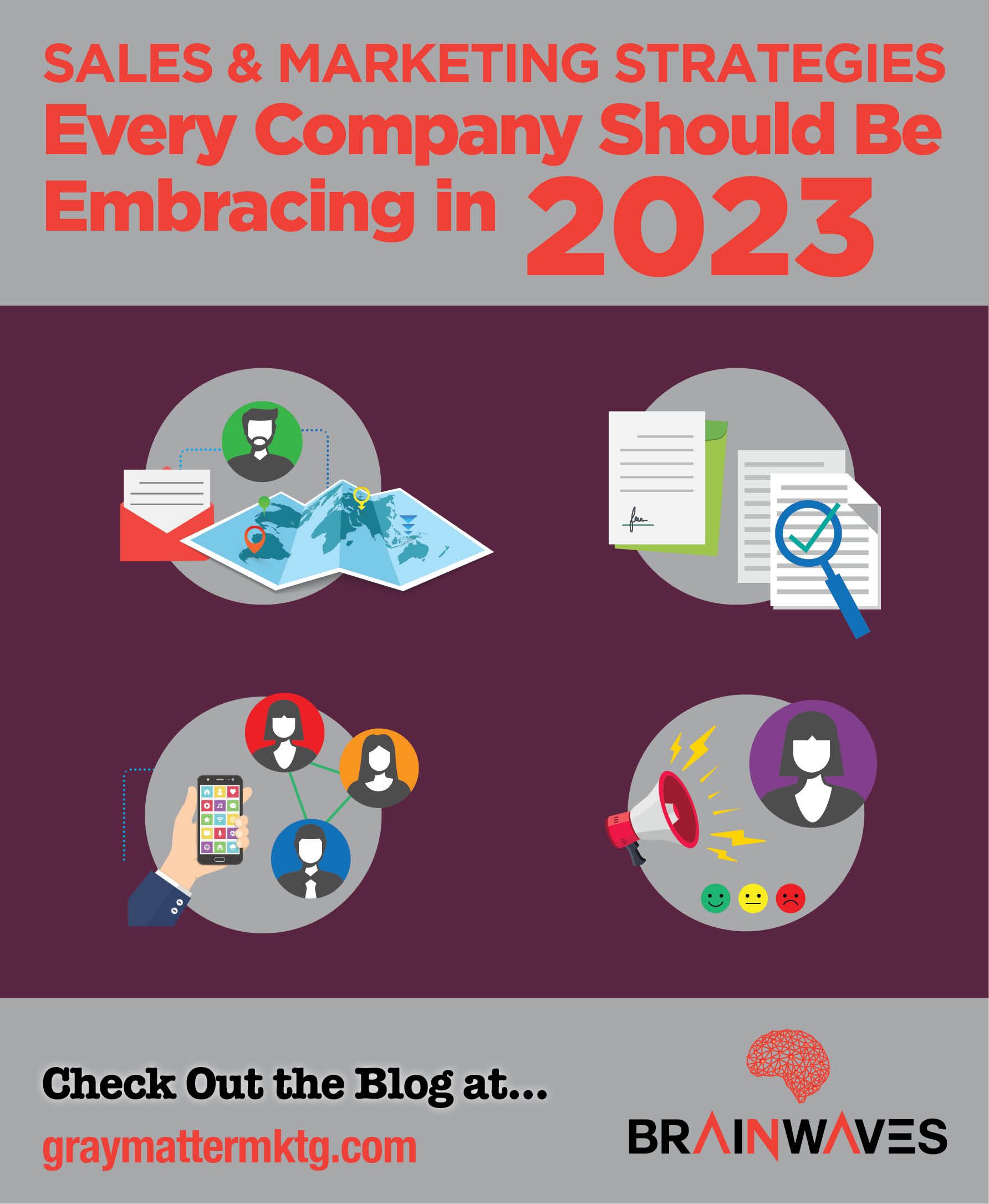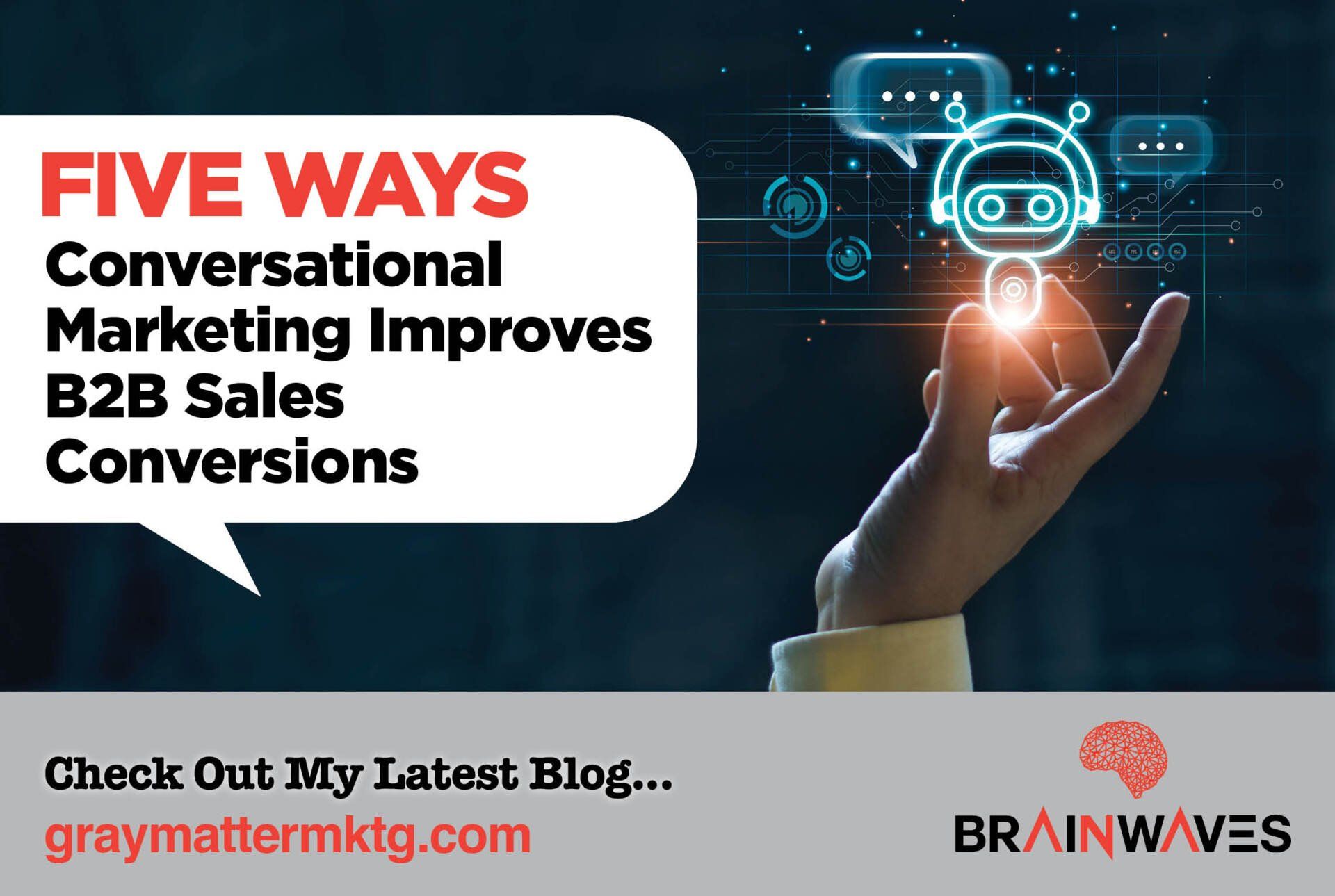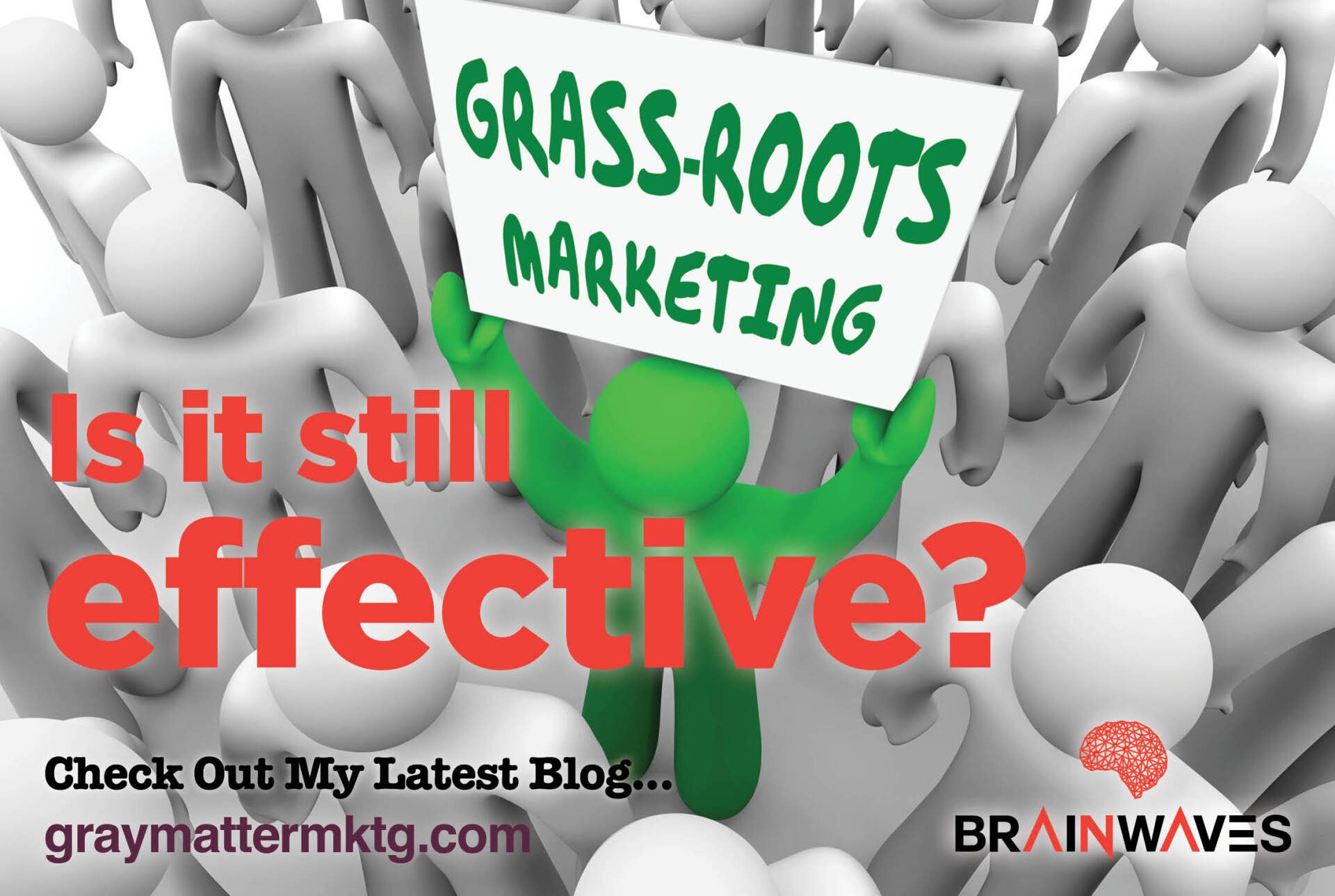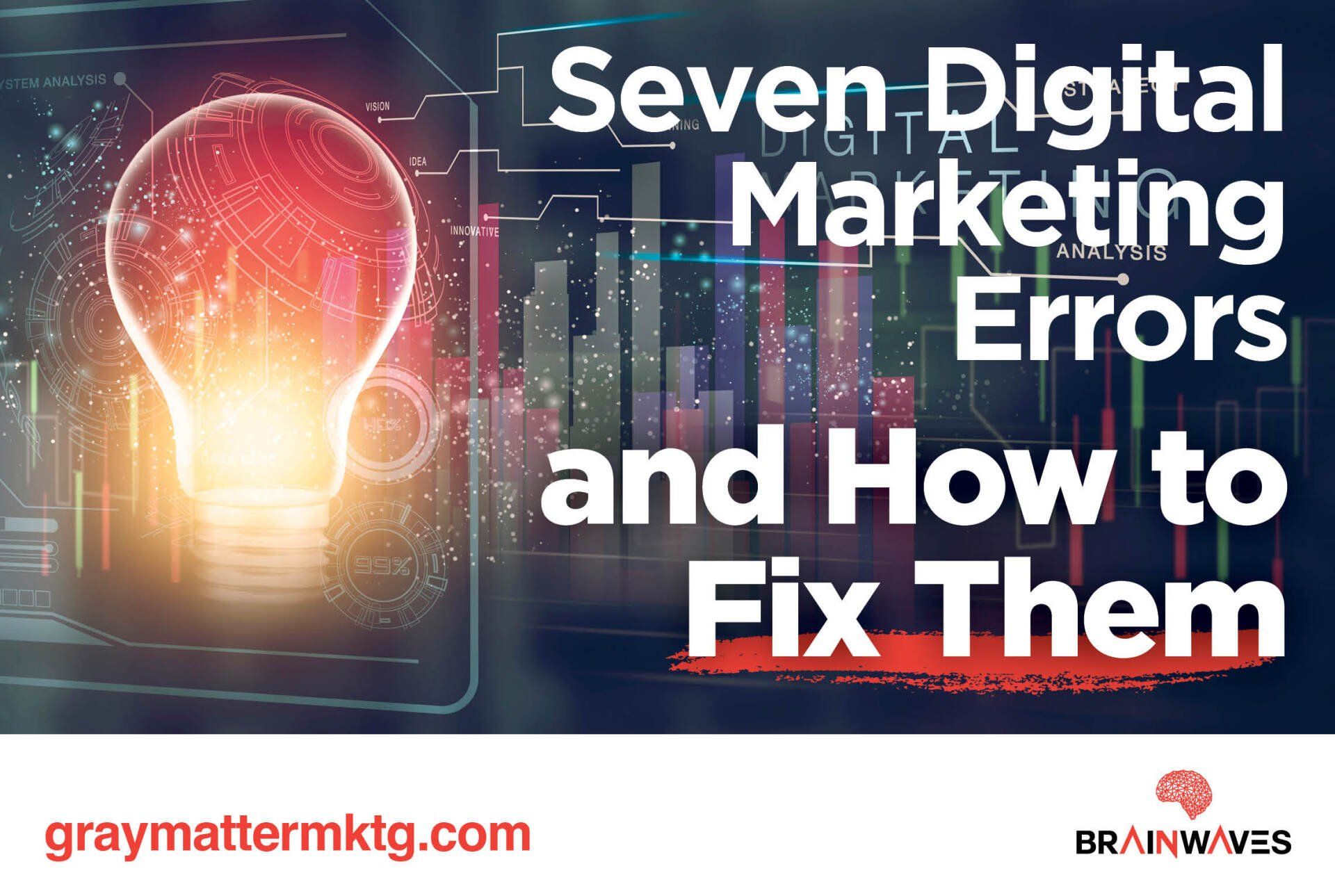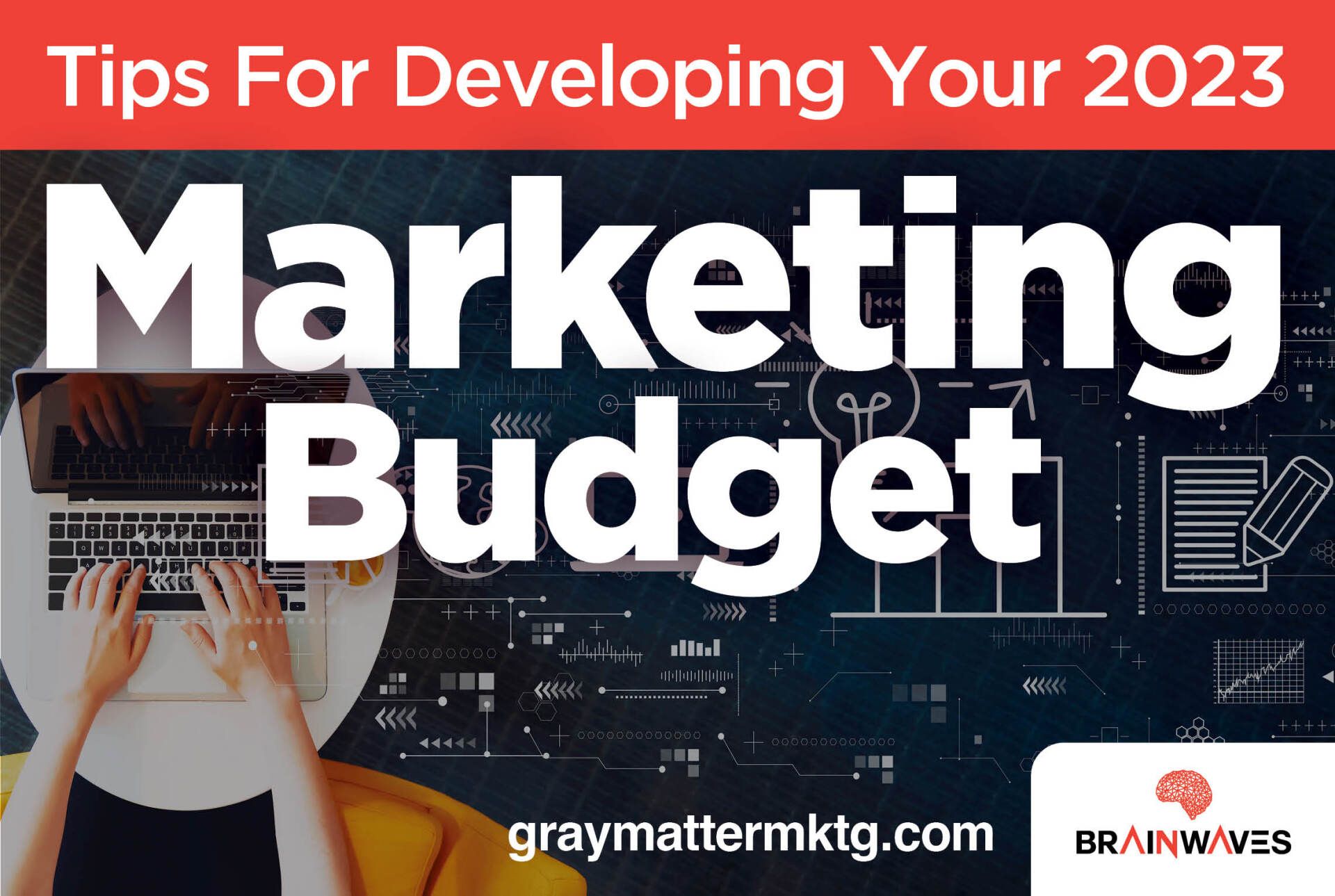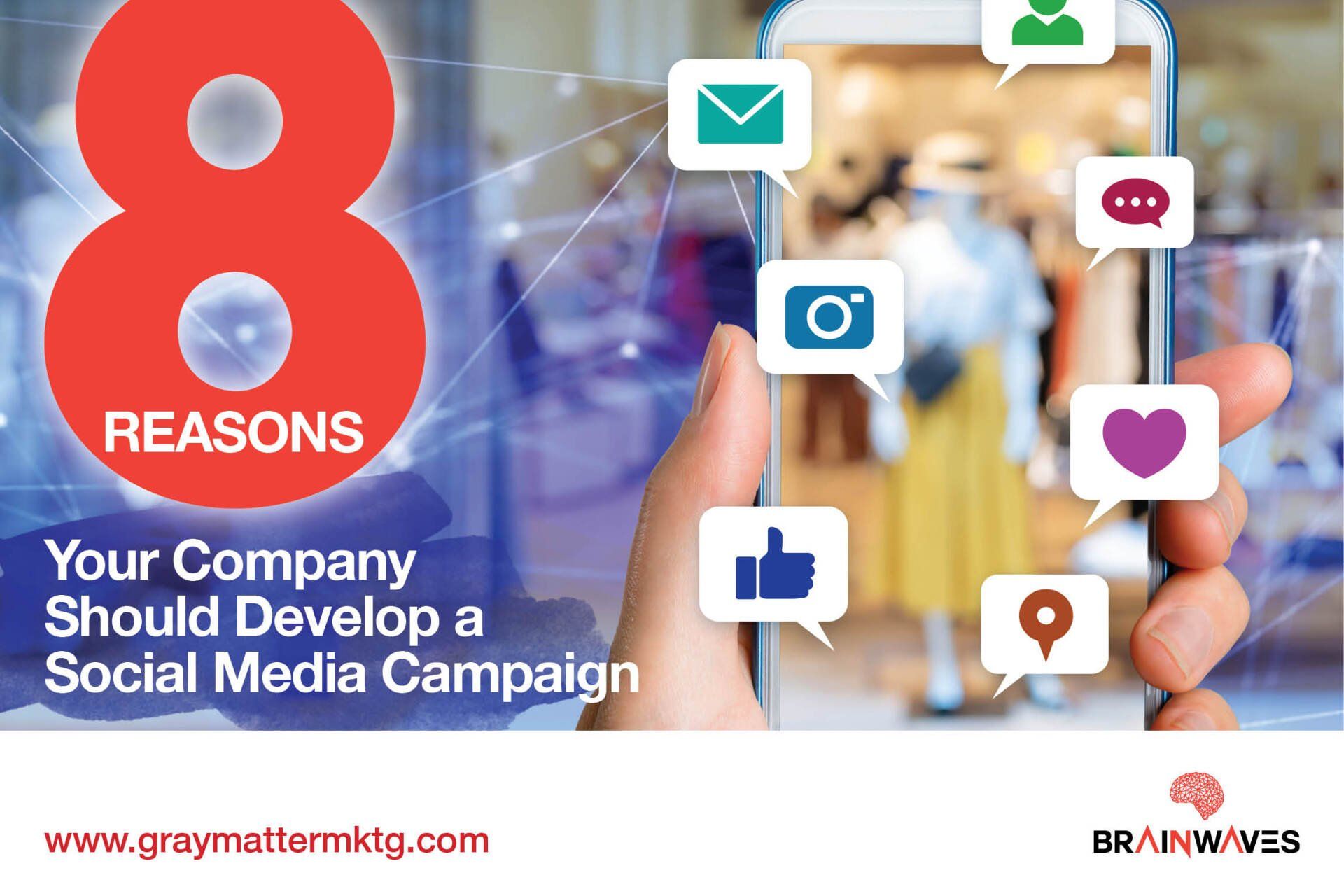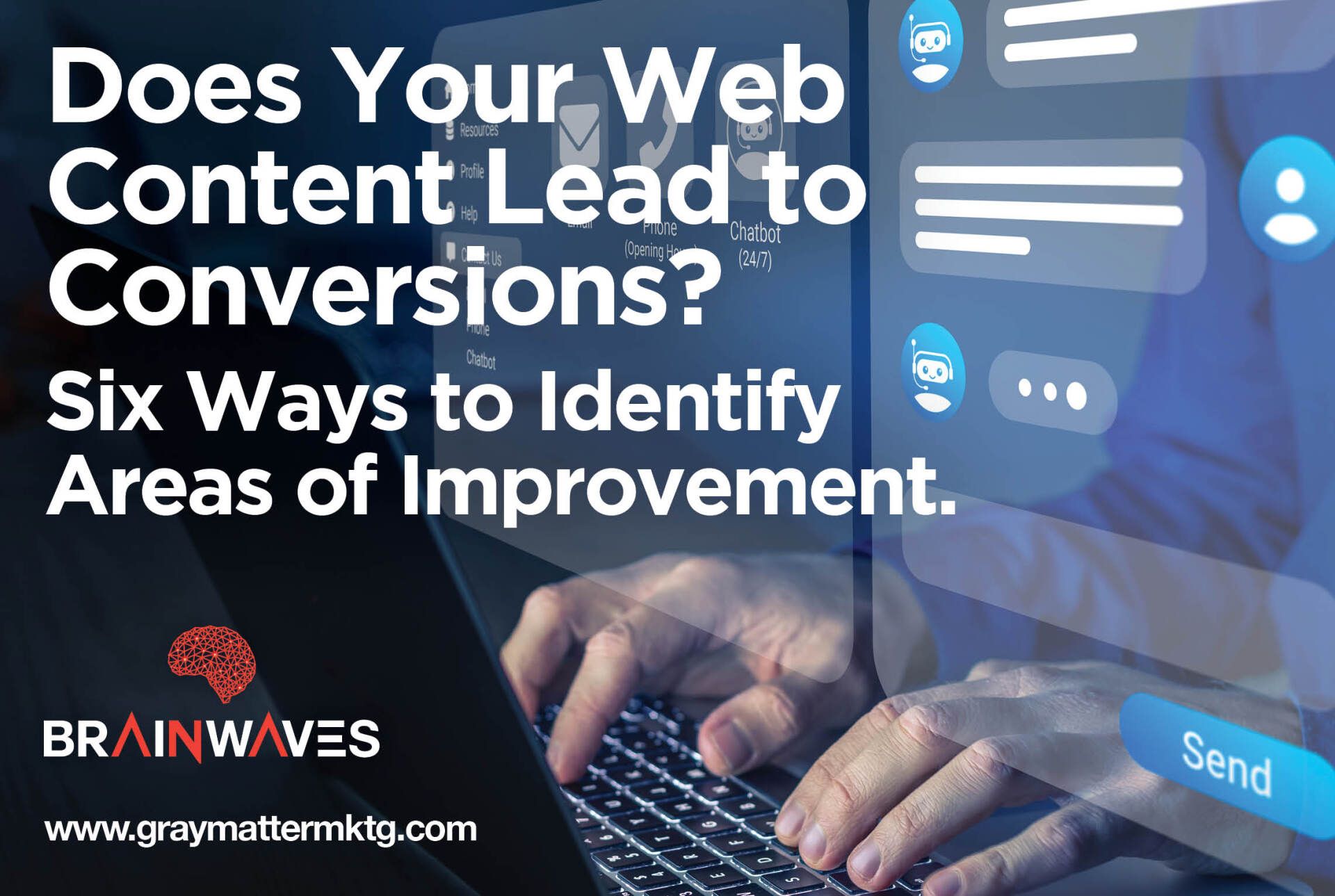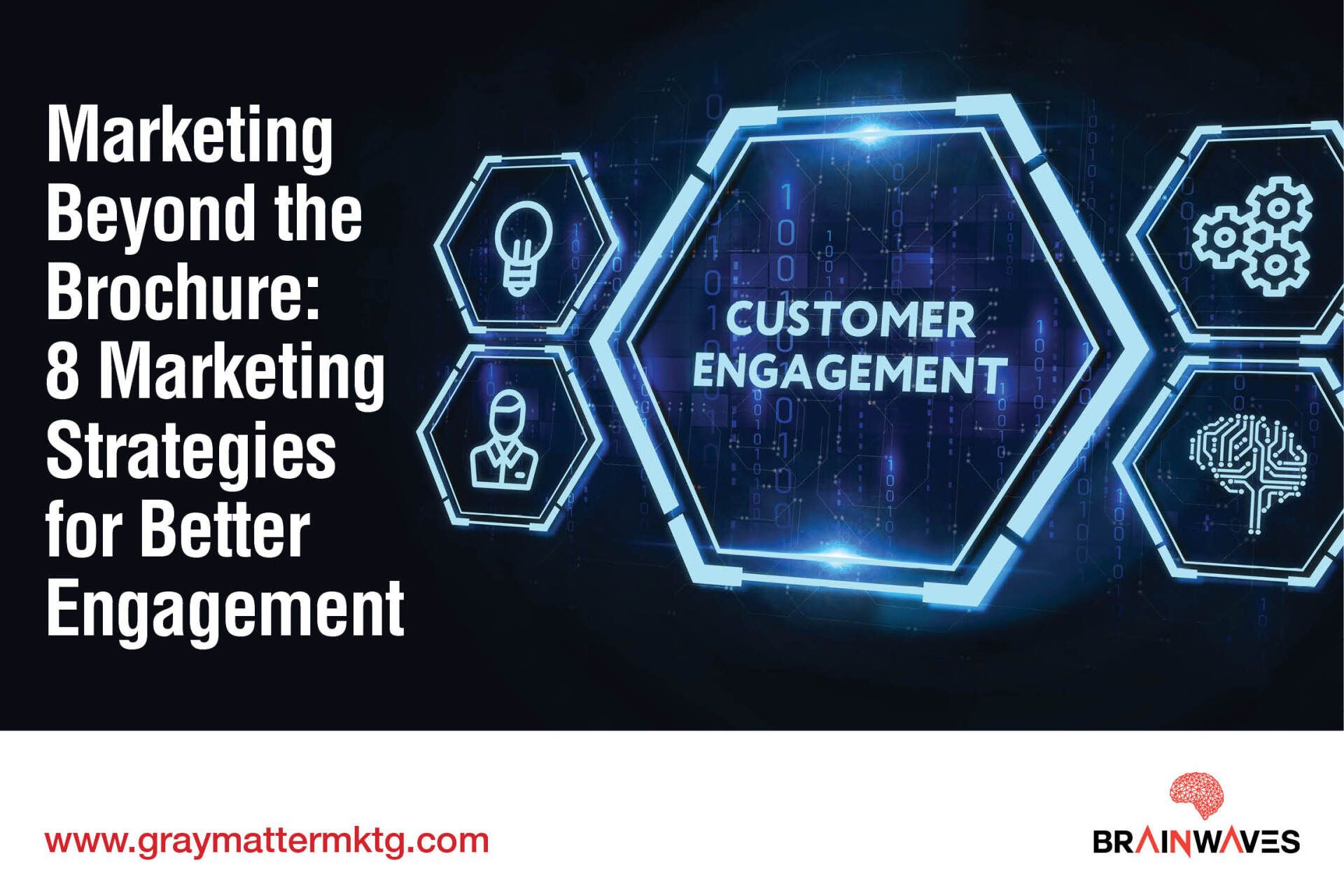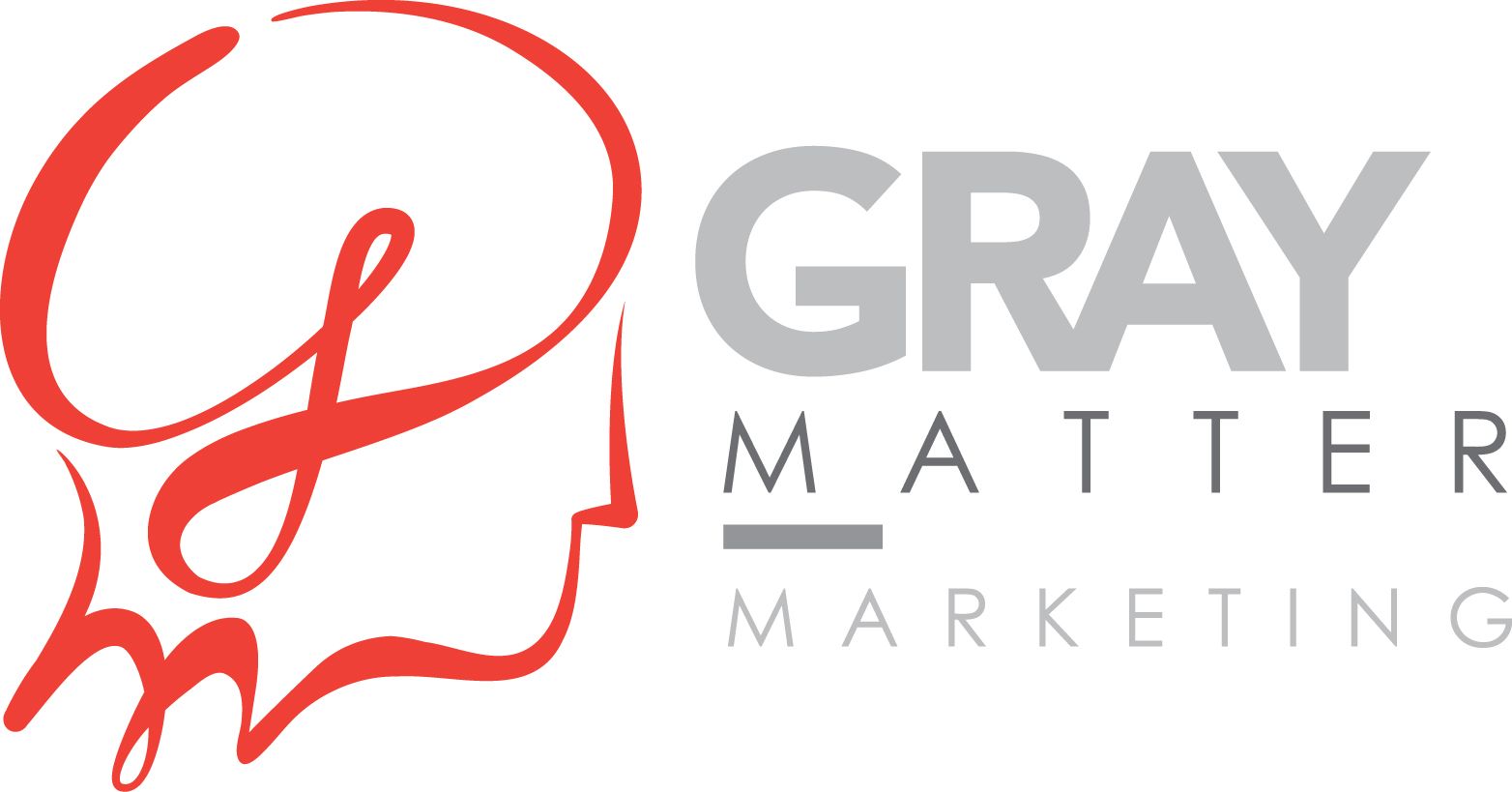Ten Marketing Metrics That Can Help Determine if Your Marketing is Working
Many companies are spending a portion of their revenue on marketing. However, this spend does not always guarantee profits or improved brand awareness. There is so much noise in markets today that marketing campaigns need to be highly targeted so that they reach the target customer on time. To ensure that you understand how well your marketing strategy is working, you’ll need to track multiple metrics. These metrics are particularly crucial if you are using a mix of organic and paid digital marketing channels.
1. Customer Acquisition Cost
This is the average amount of money a business spends to get one new customer. For instance, if the marketing expenses for the year were $100,000 and the business acquired 10,000 new customers, then the customer acquisition cost for the year was $10. These costs are a subjective metric depending on the industry. In real estate, a customer acquisition cost of $1,000 may be justifiable because the customer ends up purchasing property worth 100x more. However, if you are selling an online course that costs $10, a customer acquisition cost of $5 would not make sense.
This metric is important for potential investors in a business. It shows the potential of a business to grow through aggressive marketing campaigns. Still, it’s important to keep context in mind because sometimes you may not see immediate customer uptick.
For instance, the business may try to change consumer behavior initially and then benefit from the shift down the line. Alcoholic beverage companies experience this in emerging markets where they slowly create a culture of premium spirits consumption for the middle class. Such a campaign to change customer behavior takes several years before a mature market emerges.
2. Qualified Leads
Qualified leads refer to people who fit the business’s customer profile who are likely to be interested in your product/service and could potentially be converted into buyers. Businesses attempt to maximize the number of qualified leads because it directly impacts the overall return-on-marketing spend.
To grow the number of qualified leads, businesses should tailor their marketing campaigns for that group of clients. Once you have the qualified leads, you must further personalize engagement with them through email marketing campaigns, phone-calls, and, if possible, face-to-face meetings. Face-to-face meetings are useful in industries such as real-estate where a high cost of acquisition is justifiable.
3. Return-on-Investment (ROI)
The ROI can be calculated in several ways. First, you can calculate the aggregate for all marketing campaigns. You can also look at the return for each campaign on its own. By calculating the incremental revenue brought by a new marketing channel, then you can decide whether it was worth the investment.
This approach is important for a couple of reasons. First, it helps decide whether a certain marketing strategy or deliverables needs to be revised or not. A marketing strategy whose ROI is steadily increasing needs to be allowed enough time to reach its potential. The second reason is that it helps the decision-making team not to become too invested in a particular strategy with no justification.
4. Customer Lifetime Value
The customer lifetime value refers to the amount of revenue a business gets from one customer if the customer remains in business with the business. The easiest way to understand this would be to consider a client who opens their first bank account at 18. This might be a normal checking account to help them manage their expenses through college. However, over the next few decades, the bank has the opportunity to sell multiple products to the customer until they retire. Businesses attempt to grow the lifetime value of a customer by studying their needs and customizing products to suit those needs.
If the customer lifetime value is low, your business might need to work and build loyalty. This explains why numerous companies have rewards systems. It entices the customers to stay locked on one service.
5. Brand Awareness
Your brand should also monitor metrics that reveal how far your marketing message reaches. While awareness is not directly related to revenue, it’s often the first step in the sales funnel. You might consider conducting (or paying a third-party) a Net Promoter Score survey to determine how your brand is doing and how it’s stacking up compared to your competition.
Brand mentions monitoring tools provide a platform from where you can track in real-time whenever your brand is mentioned. In fact, you can respond directly from these platforms. One such platform is Mention.
Google Console, on the other hand, allows you to see searches for which your brand is ranking. This can help you improve your ranking by optimizing your content for popular keywords in your niche. If you are not ranking for important keywords in your niche, your organic content strategy might require adjusting. Search console is an indicator of how well your search engine optimization efforts are doing.
6. Website Traffic
This is the total number of visitors your website is getting in a particular period. Most companies monitor this monthly. Website traffic is best analyzed by comparing different periods. If your marketing budget is growing, then website traffic should also be expected to grow. If you have introduced an organic content strategy, this should be reflected in the volume of traffic you are getting.
7. Conversion Rate
Your website’s conversion rate is the proportion of people who end up buying or signing up after visiting. It’s closely related to the bounce rate because a high bounce rate means few people are staying long enough to check out your products.
If you are getting the correctly targeted traffic on your website, then the conversion rate can be improved in several ways. First, the landing page can be tweaked. The color can be switched or the call to action can be changed. Second, freebies can entice people to sign up or try a product. We see this often with trial periods for streaming or SaaS products.
8. Organic Traffic
Organic traffic is great because it lowers your average customer acquisition cost. It’s traffic that you do not pay for directly. It’s a result of the content on your website and social media channels and your overall brand recognizability.
An increase of organic traffic is a sign that your brand’s authority in your niche is growing. Customers who navigate directly to your website on their browsers already know and trust your products. Organic traffic, however, takes a longer time to generate and build. You will need consistency in putting out valuable content to the audience.
9. Time-On-Site
The time spent by visitors on your website is an indication of their level of interest in your offering. If you have multiple product pages and customers spend significantly more time on one of them, it’s perhaps a clue that it’s the most popular. You could do more to make more sales from it. However, it could also be an indication that other products perhaps need more visibility through marketing.
Time-on-site could also be taken as an indication of the quality of web copy on your website. It could also point to the quality of user experience. Sophisticated tracking tools can also give a detailed view of customer behavior while on the site. Are customers taking too long to find information? If so, the site might need an improvement to boost navigation.
10. Bounce Rate
Bounce rates refer to the proportion of visitors who land on the homepage and then leave the website immediately. Bounce rate is an indication of visitors who weren’t interested or didn’t think they could find what they were looking for.
A high bounce rate could mean that your homepage needs a re-design. It could also show that your traffic generation strategy is not attracting the right target audience.
Website Tacking Tools
Tools such as Google Analytics should help break down the sources of your web traffic, which is important for your decision making. Your web traffic source could be one of the following.
· Direct: These are people who enter your URL directly on the browsers.
· Referral: These are people who click on a link from another site and land on your website. It’s usually websites that have external links to your content.
· Organic Search: This is where people are trying to find some information using search engines. They end up clicking-through to your website.
· Social Traffic: This is traffic coming from social platforms where your business has handles such as Twitter and Facebook.
Deciding on Your Key Performance Indicators (KPIs)
Attempting to track all these KPIs might be a little bit too much, especially with a small marketing team. The KPIs to track should be a factor of your main marketing channels. If your website is the main source of revenue, you’ll need to track metrics such as conversion rates, bounce rate, and organic search rankings. If a significant portion of your marketing budget goes to paid ads, you’ll have to monitor the average cost of acquisition.
Finally, no marketing strategy remains stagnant forever. You’ll have to spend time reviewing your KPIs, introducing new ideas, and monitoring their success. It’s a continuous journey of trying to find the optimal marketing mix. If your company needs help developing or implementing a marketing strategy, contact Gray Matter Marketing. We’ll help you build the correct strategy together with a mix of metrics to analyze the success.
